In this week’s post, board-certified veterinary cardiologist Dr. Kacie Schmitt shares with us some wonderfully useful information about certain heart diseases. To help understand basic heart anatomy, please click here to peruse an excellent resource from our friends at Hill’s Pet Nutrition that highlights normal basic anatomy of a dog and cat.
As we learned in last week’s post, heart disease can either be congenital (meaning a pet is born with the condition) or acquired (meaning a pet develops the heart condition as it ages). Learn more about common congenital and acquired heart diseases below. Happy reading!
Heart disease – common signs…
Clinical signs of heart disease vary from patient to patient, but frequently include:
- Changes in breathing – rapid/shallow breathing or heavy/labored breathing
- Exercise intolerance
- Shortness of breath with activity
- Lethargy and/or weakness
- Episode of collapse/fainting
- Coughing (not common in cats)
- Abdominal distension
Heart disease – 3 common CONGENITAL causes…
Patent Ductus Arteriosus (PDA): A PDA is a persistent opening between the two great blood vessels leaving the heart – the vessels are called the pulmonary artery and aorta. The opening (called the ductus arteriosus) is a normal fetal structure that allows the blood to bypass the lungs, but it should close shortly after birth. A murmur is caused by the high speed, abnormal blood flow connection between the vessels.
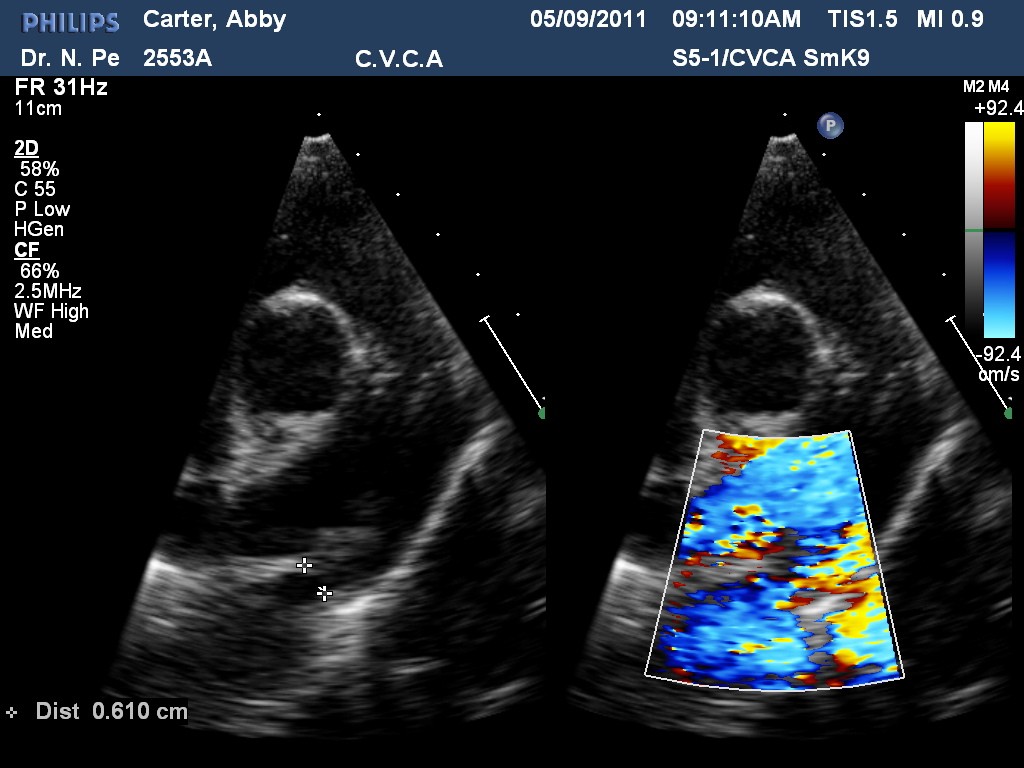
Click PDA to watch a video showing abnormal blood flow through the PDA from the aorta to the pulmonary artery. Turbulent blood flow is indicated by the mosaic color pattern.
Pulmonic Stenosis (PS): PS is a defect involving the pulmonic valve and/or surrounding structures of the right ventricle and pulmonary artery. It is a narrowing of this region (stenosis) resulting in increased workload on the right side of the heart. A murmur is caused by the blood being pumped at a higher speed and pressure across the narrowed valve.
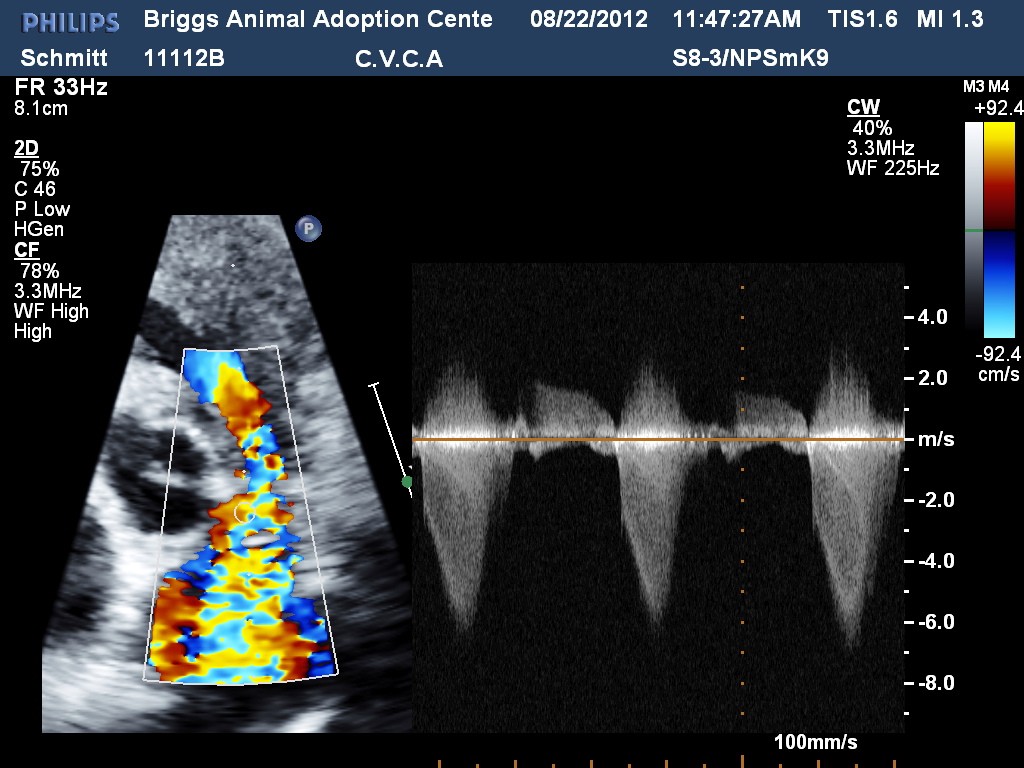
Click pulmonic stenosis to see a video of pulmonary stenosis. On the left side of the screen you see a video showing a severely thickened and poorly opening pulmonic valve. On the right, you can see turbulent blood flow through the pulmonary artery as a result of the malformed/stenotic pulmonic valve.
Subaortic Stenosis (SAS): SAS is caused by an abnormal piece of tissue located just below the aortic valve that creates an obstruction to blood leaving the left side of the heart. A murmur is caused by the blood being pumped at a higher speed and pressure across the narrowed region just below the aortic valve.
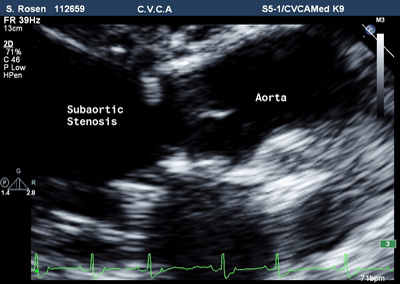
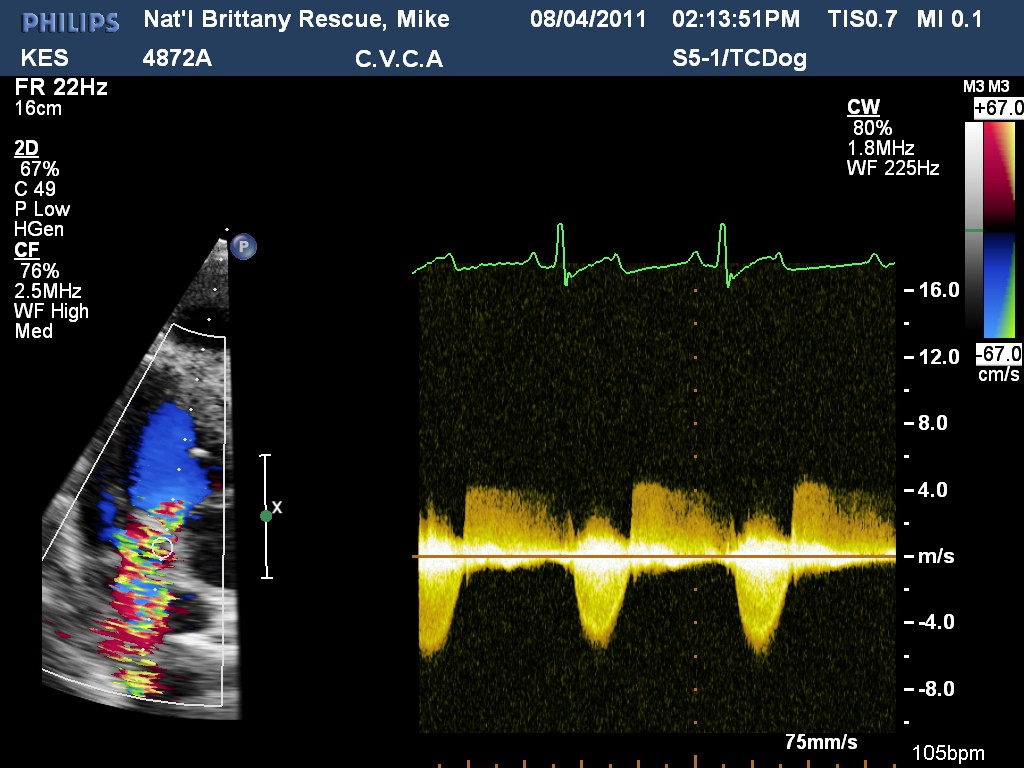
Heart disease – 3 common ACQUIRED causes…
Hypertrophic Cardiomyopathy (HCM): HCM causes progressive thickening (also called hypertrophy) of the heart muscle and dilation of the left atrium. In some patients the thickening also results in abnormal mitral valve motion, an obstruction to blood flow leaving the left ventricle, and a regurgitation of blood backwards across the mitral valve. A murmur is caused by the obstruction to blood flow and mitral valve regurgitation. In some cases of HCM, there are no abnormal heart sounds (“silent cardiomyopathy”).
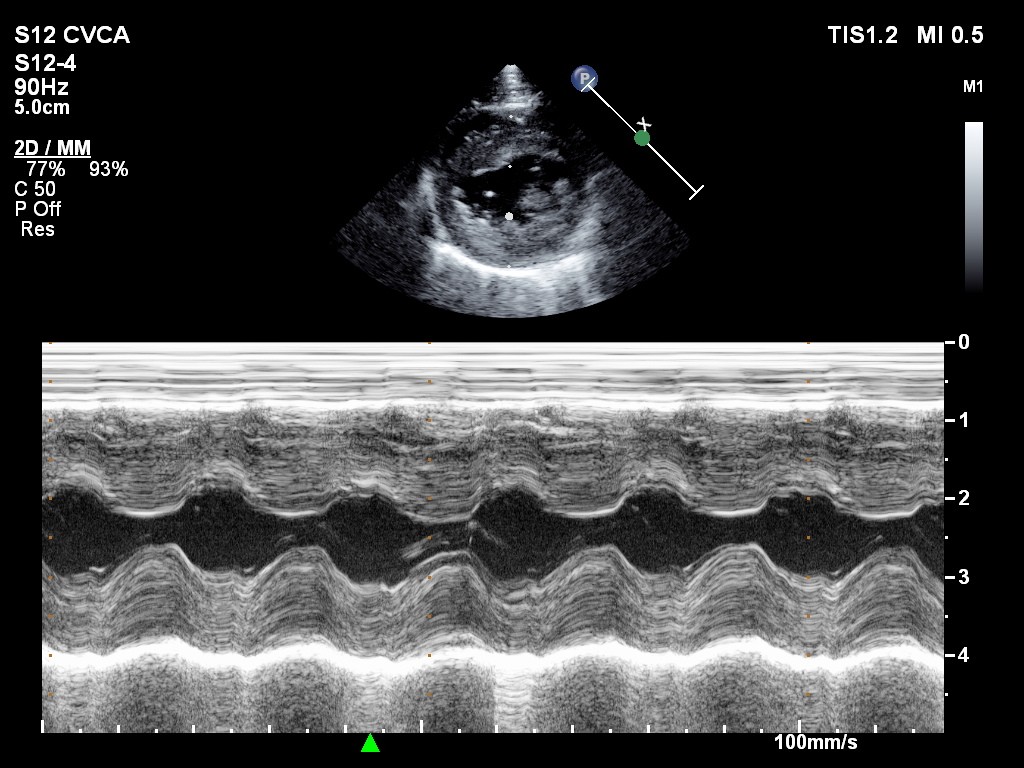
Click hypertrophic cardiomyopathy to watch a video showing abnormal mitral valve motion resulting in an obstruction to blood flow leaving the left ventricle and mitral valve regurgitation.
Dilated Cardiomyopathy (DCM): DCM is a heart muscle disease that causes loss of heart muscle strength, a decreased ability to pump blood through the body, and dilation of the heart chambers. As the heart chambers dilate, the valve leaflets are pulled apart, and secondary valvular regurgitation results. A murmur is cause be regurgitation of blood across the valves.
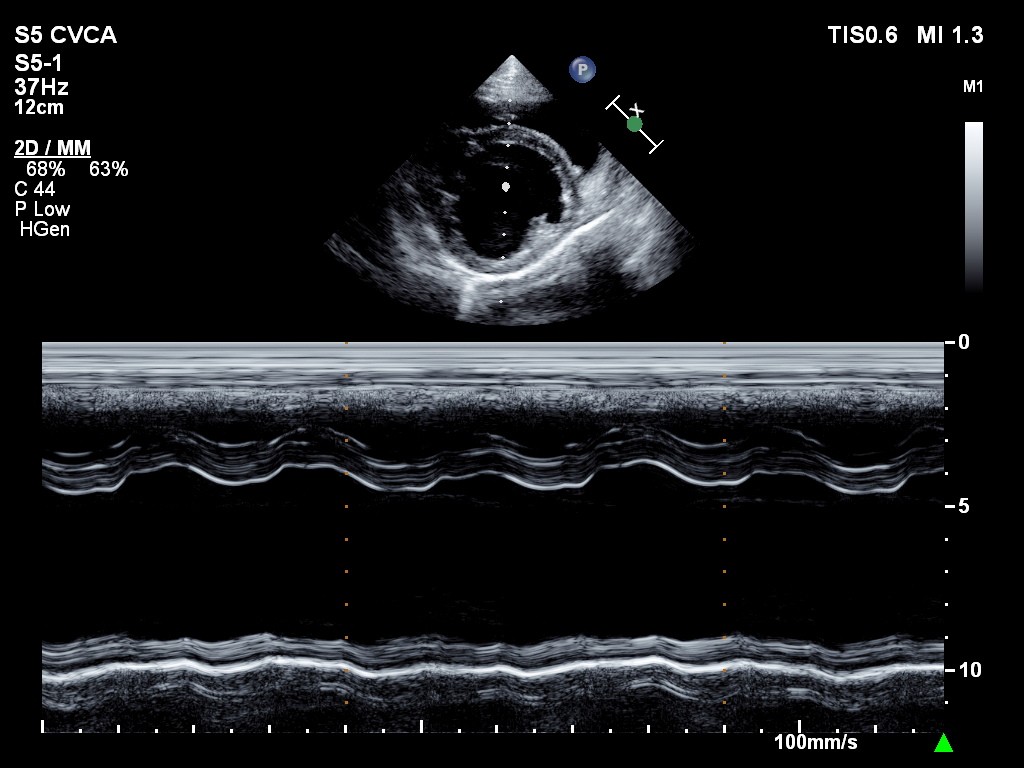
Click dilated cardiomyopathy to watch a video about DCM. In this video the left heart is on the bottom of the screen and the right heart is on the top of the screen. All four chambers are dilated and the muscle is not functioning well – it is weak. The color shows moderate regurgitation of blood across the mitral valve with every heart beat.
Degenerative Valve Disease (DVD): DVD is a progressive process leading to thickened, irregular valve tissue. The abnormal valve tissue results in regurgitation of blood across the valve and dilation of the chambers to accommodate the abnormal blood flow.

Click degenerative valve disease to watch a video about DVD. In this video, the left heart is on the bottom of the screen and the right heart is on the top of the screen. All four chambers are dilated, but the function of the heart muscle is maintained. The color shows severe regurgitation of blood across a thickened mitral valve with every heart beat.
The take-away message about heart disease…
Heart disease can manifest is many different ways, but often affected patients are lethargic, cough (except cats), and are more reluctant to exercise and/or play. There are many different diseases that can affect the heart, but they can be readily categorized as either congenital or acquired in nature. To diagnose a specific type of heart disease and to ensure a pet receives the most appropriate medications, partnering with a board-certified veterinary cardiologist is strongly recommended.
To find a board-certified veterinary cardiologist, please visit the American College of Veterinary Internal Medicine.
Wishing you wet-nosed kisses,
cgb
Meet Dr. Kacie Schmitt
Dr. Kacie Schmitt was born and raised in Cumberland, Maryland. She received her Bachelor of Science in Poultry Science from North Carolina State University and graduated Summa Cum Laude. She continued her education at North Carolina State University’s College of Veterinary Medicine and received her Doctor of Veterinary Medicine in 2008. Dr. Schmitt completed a one-year comprehensive medical and surgical internship at VCA Veterinary Referral Associates in Gaithersburg, Maryland. She continued training as a cardiology resident with CVCA – Cardiac Care For Pets and became a board-certified veterinary cardiologist in the American College of Veterinary Internal Medicine in 2013. Her interests include management of congestive heart failure, interventional cardiology, the use of cardiac biomarkers in the emergency setting, and the use of cardiac biomarkers in the management and prognosis of congestive heart failure.




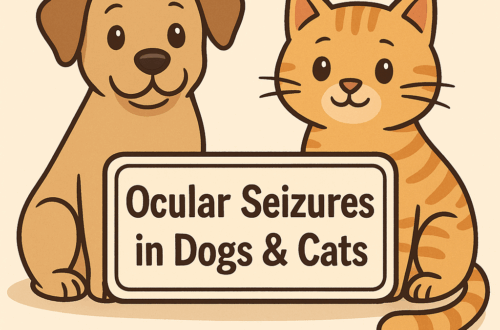

My toy fox terrier is six years old and has always been a nervous little man had an appointment a couple of days ago and she heard a slight heart murmur he runs and plays and eats well. No coughing should I be worried his doctor said she was not concerned
Hi Ms. Waclawski,
I’m glad you found Dr. Schmitt’s blog post informative. I think it is important to remember that the loudness of a heart murmur does not equate to disease severity, and those pets with soft murmurs can potentially have serious underlying disease. Therefore to be as safe as possible, a patient with a murmur should be evaluated by a board-certified veterinary cardiologist to determine the definitive cause of the murmur and to determine if any heart-supportive medications are indicated. I recommend you speak with your family veterinarian for a referral and/or visit http://www.acvim.org to find a board-certified veterinary cardiologist in your area.